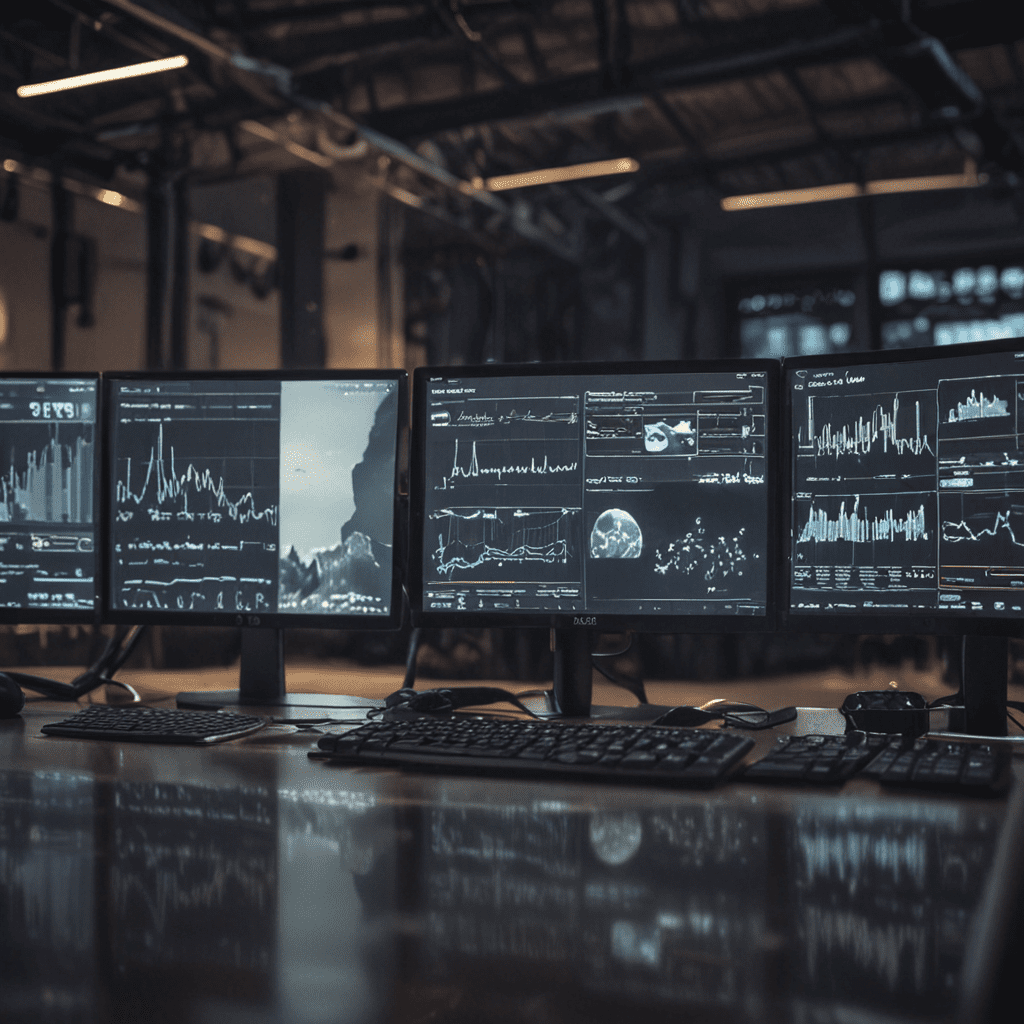Introduction to SaaS and Real-Time Data Analysis
Software as a service (SaaS) has revolutionized the way businesses access and utilize data. SaaS solutions offer a cost-effective and efficient means of harnessing real-time data analysis capabilities, empowering organizations to make informed decisions and gain a competitive edge. Real-time data analysis involves the processing and interpretation of data as it is generated, enabling businesses to respond swiftly to changing market dynamics and customer needs.
Benefits of SaaS for Real-Time Data Analysis
Leveraging SaaS for real-time data analysis offers numerous benefits:
- Cost-effectiveness: SaaS eliminates the need for costly hardware and infrastructure investments, reducing capital expenditures and ongoing maintenance costs.
- Flexibility and scalability: SaaS solutions are highly scalable, allowing businesses to adjust their usage based on changing data volumes and analysis needs without incurring additional infrastructure expenses.
- Reduced time-to-value: SaaS providers handle the deployment and maintenance of the solution, significantly reducing the time required to implement and derive value from real-time data analysis.
- Access to advanced analytics tools: SaaS solutions typically offer a wide range of pre-built analytics tools and algorithms, making it easy for businesses to gain insights from complex data without investing in specialized expertise.
- Improved collaboration: SaaS platforms facilitate collaboration between teams and departments, enabling real-time data sharing and collective decision-making.
Case Studies of Successful Implementations
Numerous organizations have successfully leveraged SaaS for real-time data analysis to achieve significant business outcomes. For instance, Netflix uses SaaS-based data analytics to personalize content recommendations for its users, resulting in increased engagement and revenue. Amazon employs SaaS solutions to monitor customer behavior and optimize its supply chain in real-time, enhancing efficiency and profitability.
Challenges of Leveraging SaaS for Real-Time Data Analysis
While SaaS offers numerous advantages, certain challenges should be considered:
- Data security: Ensuring the security and privacy of sensitive data handled by SaaS providers is paramount.
- Data integration: Integrating real-time data from multiple sources and legacy systems can be complex and require specialized expertise.
- Data latency: Latency in data transmission and analysis can impact the timeliness of insights and decision-making.
- Vendor dependency: Reliance on SaaS providers can create vendor lock-in and limit flexibility in the future.
- Cost management: Managing and optimizing costs associated with SaaS usage is crucial to avoid unexpected expenses.
Future Trends in SaaS-Based Real-Time Data Analysis
The future of SaaS-based real-time data analysis holds exciting opportunities:
- Artificial intelligence (AI) integration: AI and machine learning algorithms will enhance real-time data analysis capabilities, enabling predictive analytics and automated decision-making.
- Edge computing: Real-time data analysis will increasingly occur at the edge of networks, closer to data sources, reducing latency and improving responsiveness.
- Cloud-native solutions: SaaS solutions will continue to evolve as cloud-native applications, providing greater scalability and resilience for real-time data processing.
- Data visualization advancements: Visualizations will become more interactive and immersive, facilitating better data exploration and insight discovery.
- Increased adoption: SaaS-based real-time data analysis will become more widely adopted across industries, empowering businesses of all sizes to make informed decisions and drive innovation.
Conclusion
Leveraging SaaS for real-time data analysis offers businesses a powerful tool to unlock data-driven insights, improve decision-making, and gain a competitive advantage. By understanding the benefits, challenges, best practices, and future trends, organizations can successfully implement SaaS solutions to harness the full potential of real-time data analysis.
Additional Resources
- SaaS-Based Real-Time Data Analysis: A Guide for Businesses
- Best Practices for Implementing SaaS Solutions for Real-Time Data Analysis
- Case Studies: How Businesses Are Using SaaS for Real-Time Data Analysis
FAQ
Q: What is the cost of SaaS-based real-time data analysis solutions?
A: The cost of SaaS solutions varies based on factors such as features, usage, and provider. However, SaaS typically offers a more cost-effective option compared to on-premises solutions.
Q: How can I ensure the security of my data when using SaaS?
A: Choose reputable SaaS providers that prioritize data security. Implement appropriate encryption measures and regularly review access permissions to protect sensitive data.
Q: How can I integrate real-time data from multiple sources?
A: Utilize SaaS solutions that offer integration capabilities or partner with data integration specialists to seamlessly connect multiple data sources and ensure data consistency.
Q: What are the benefits of using AI-integrated SaaS solutions for real-time data analysis?
A: AI-integrated SaaS solutions enhance predictive analytics capabilities, automate decision-making, and provide deeper insights by uncovering patterns and identifying anomalies in real-time data.


